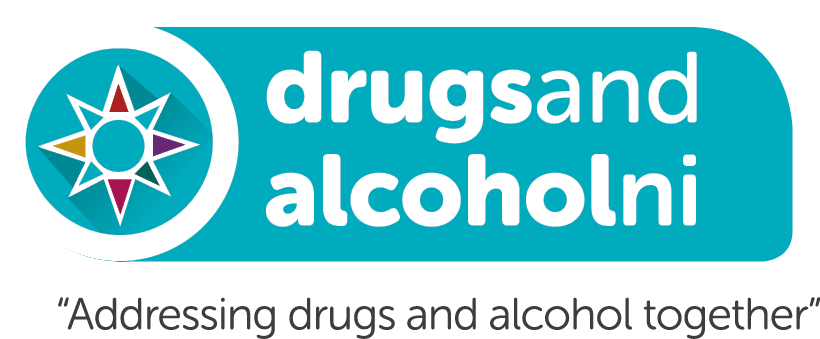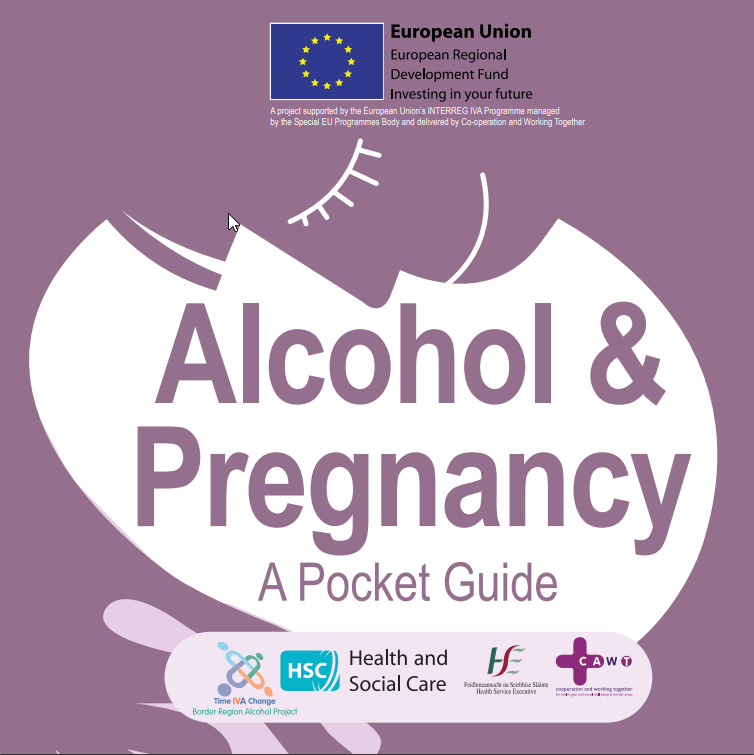Units of alcohol are a measure of the volume of pure alcohol in an alcoholic beverage. They are used as a guideline for alcohol consumption.
One unit of alcohol is defined as 10 millilitres (7.9 grams) in the UK. It is often stated that a unit of alcohol is supplied by a small glass of wine, half a pint of beer, or a single measure of spirits. Such statements may be misleading because they do not reflect differences in strength of the various kinds of wines, beers, and spirits.
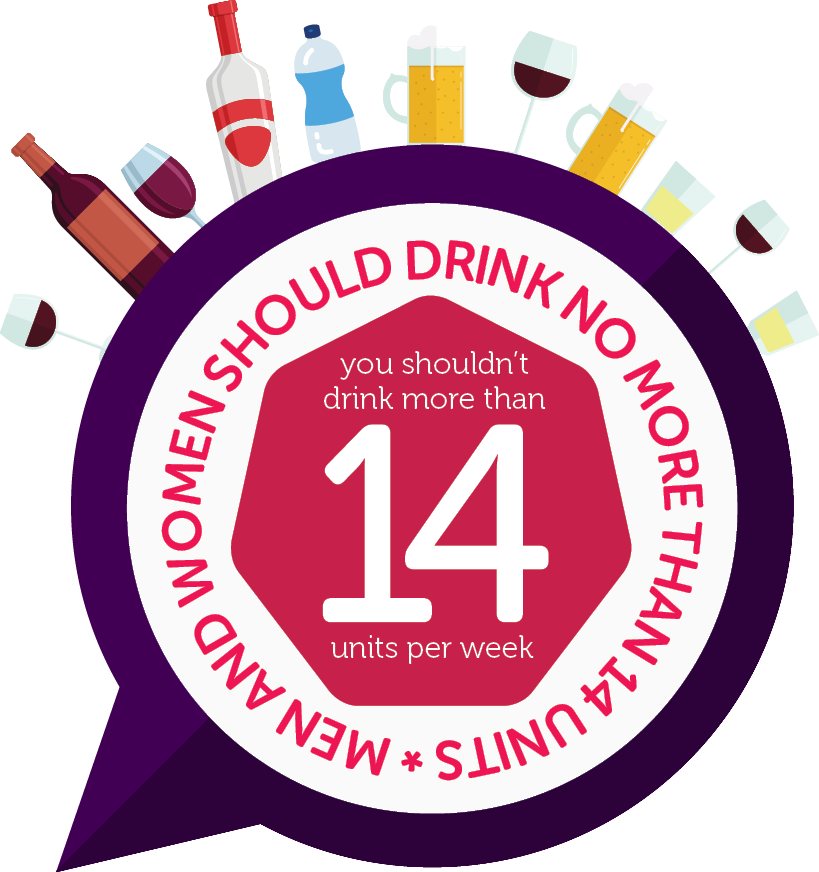

What are the recommended limits?
There is no safe level of alcohol consumption. Unit guidelines for ‘low risk drinking’ are the same for men and women. Both are advised not to regularly drink more than 14 units per week.
Keep the short-term health risks low by:
Limiting the total amount of alcohol in one session
Drinking slowly, alternating with food and/or water
Alcohol limits and unit guidelines
Published by the UK’s Chief Medical Officers, the low risk drinking guidelines are for men and women aged over 18 years who drink alcohol. The medical guidelines explain low risk drinking but don’t mean drinking alcohol is safe.
The medical guidelines give advice on:
- how many alcohol units you can have in a week to lower the risk of harm
- single session drinking
- not drinking alcohol when you’re pregnant
UK Chief Medical Officers’ Low Risk Drinking Guidelines
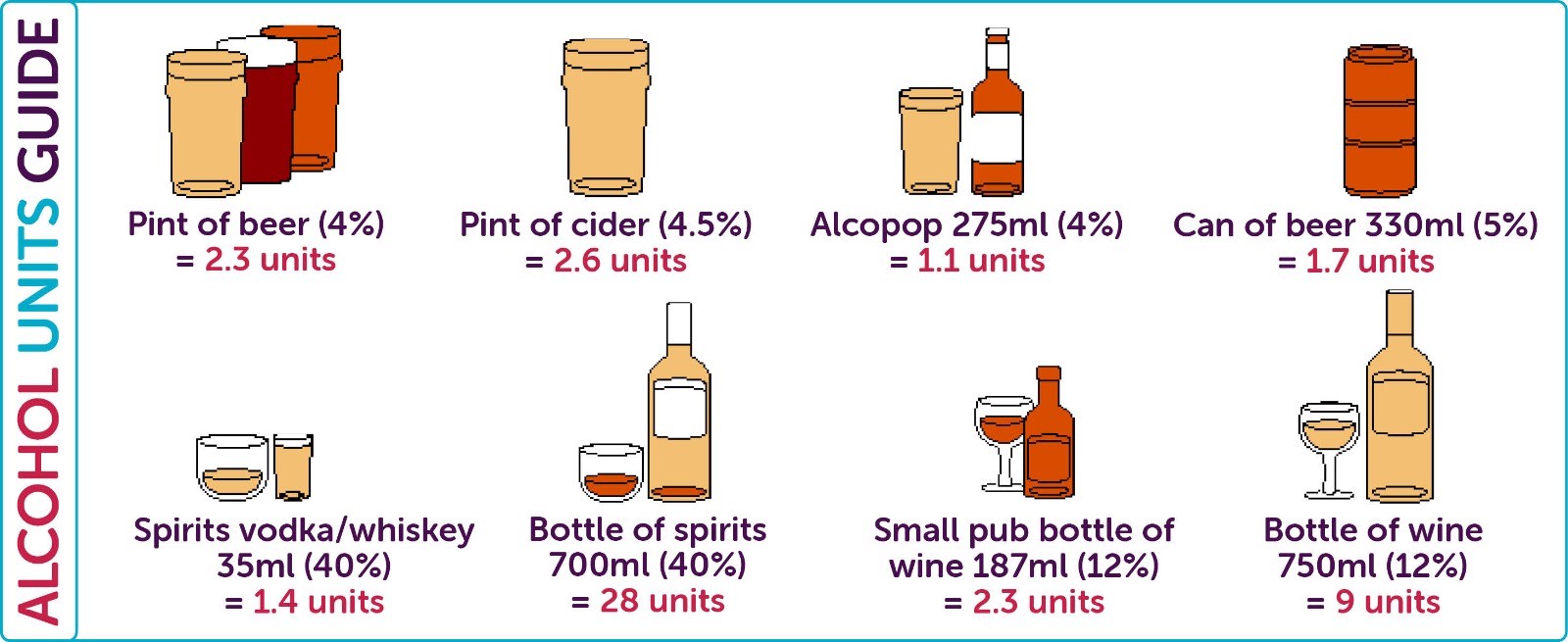
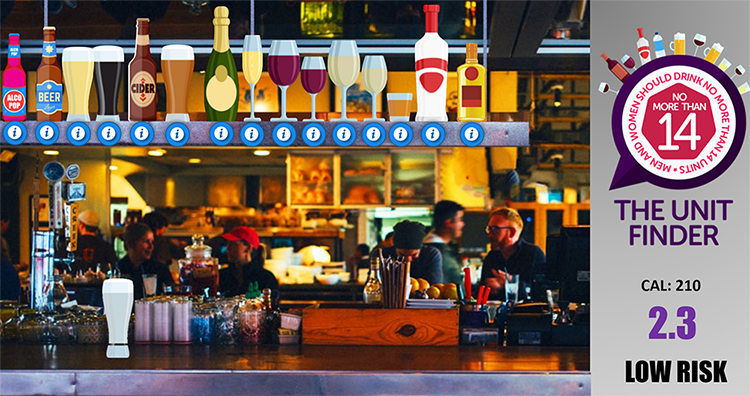
Test your alcohol intake with our interactive virtual bar. Simply drag your drinks onto the bar and discover more on your alcohol intake.
Drinking alcohol during pregnancy
What happens when you drink alcohol?
When you drink alcohol, you don’t digest alcohol. It passes quickly into your bloodstream and travels to every part of your body. Alcohol affects your brain first, then your kidneys, lungs and liver. The effect on your body depends on your age, gender, weight and the type of alcohol.
How alcohol travels through your body
Your bloodstream distributes alcohol quickly to your brain, kidney, lungs and liver. On average, your liver takes an hour to break down one unit of alcohol. This can depend on:
- your weight
- your gender
- your age
- how quickly your body turns food into energy
- how much food you’ve eaten
- the strength and type of alcohol
- any medicine you’re taking
Age
Most children and young people are smaller and weigh less than adults. Alcohol can affect them quickly. Children and young people’s brains are still developing, so even small amounts of alcohol can be damaging.
Your body changes as you reach old age. You have increased body fat and decreased body water. This affects how your body processes alcohol. If you still drink the same amount of alcohol you drank in adulthood, you feel the effects more severely. Older people who drink too much alcohol are at greater risk of physical and mental health problems including stroke, heart disease, cancer, depression, confusion and dementia.
Visit the ‘PHA Resources’ section and view or download the ‘Alcohol, Drugs and Older People’ booklet for more information:
Weight
If your weight is low, you feel the effects of alcohol more quickly because you have less tissue to absorb alcohol.
Gender
Alcohol affects women more quickly than men. Women are usually smaller and weigh less than men, and have less tissue to absorb alcohol.
A woman’s body has more fat and less water than a man’s body. If a man and woman are the same size and drink the same amount, the alcohol is stronger in the woman’s blood than in the man’s. The woman will get drunk more quickly and feel the effects for longer.
Alcohol also stays in women’s blood for longer. They have lower levels of the enzyme that breaks down alcohol.
Women feel the effects of alcohol more quickly before a period and during ovulation. The contraceptive pill can have the opposite effect – it takes longer for alcohol to leave the body. A woman in this situation might drink more than she realises before she feels the effects.
Stomach
You absorb 20% of alcohol into your bloodstream through your stomach and the rest into your bloodstream through your small intestine. Drinking a small amount of alcohol stimulates your appetite because it increases the flow of stomach juices. A large amount of alcohol dulls your appetite and can cause malnutrition.
Bloodstream
When alcohol enters your bloodstream, it widens your blood vessels. This causes:
- blushing, as there is a greater flow of blood to the skin surface
- a temporary feeling of warmth
- heat loss and a rapid decrease in body temperature
- a drop in blood pressure.
Brain
Alcohol dulls the parts of your brain that control how your body works. This affects your actions and your ability to make decisions and stay in control. Alcohol influences your mood and can also make you feel down or aggressive. As the concentration of alcohol in your bloodstream increases, your behaviour and body functions change. At first, you may feel happy and less inhibited, but after several drinks you’ll probably slur your words, have blurred vision and/or lose your coordination.
Stomach
Lung
Liver
When you drink alcohol, your liver oxidises 95% of it. This means your liver converts alcohol into water and carbon monoxide. Your liver can only oxidise one unit of alcohol an hour.
There is no immediate way to sober up. It takes time for your body to process alcohol. The morning after a heavy night’s drinking, you are likely to have a high concentration of alcohol in your bloodstream. You may not be sober or safe to drive a vehicle. The legal alcohol limit for driving measures the amount of alcohol in your breath, blood or urine.
Empty or full stomach?
If you drink alcohol with an empty stomach, the alcohol passes directly into your bloodstream. If you’ve eaten before drinking, the rate of alcohol absorption slows down but doesn’t stop.
Types of drink
Ready to make a change? Visit our ‘Self-help’ section for more information, tools and tips.

Talk to someone, you are not alone.
Lifeline counsellors are available 24 hours a day, seven days a week to listen and help, in confidence.
Those with hearing difficulties
Lifeline support is available for deaf people and those with hearing difficulties. Textphone users can contact Lifeline on 18001 0808 808 8000.
Textphone can be accessed using the Relay UK App, read the guidance on getting stated with Relay UK.

Problem displaying Facebook posts. Backup cache in use.
Type: OAuthException
